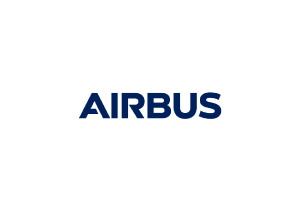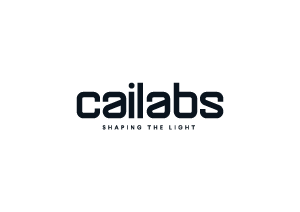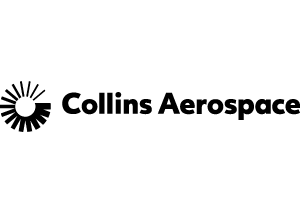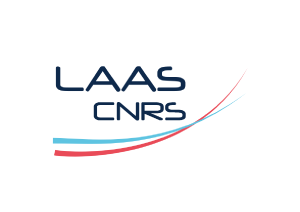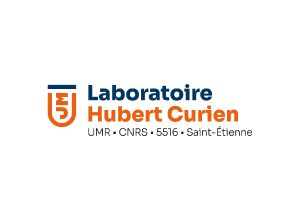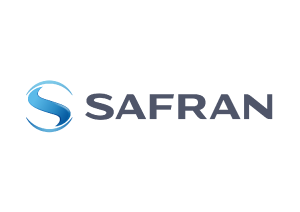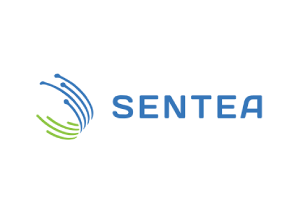APISS Project
Towards a standardized solution for the monitoring of future avionic platforms.
The APISS Project (Aircraft Photonic Interfaces Standardization for Sensing) goal is to pave the way towards a standardized solution for the monitoring of future avionic platforms. Photonic sensing networks have the potential to achieving this objective at affordable cost and optimized performances.
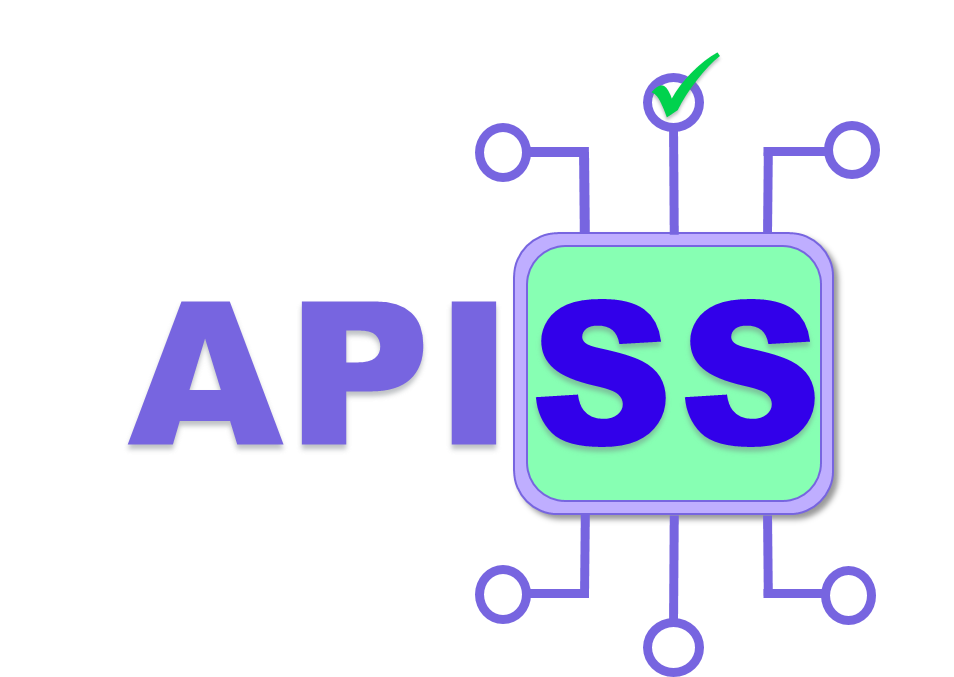
APISS Project
Context
Permanent challenges of aviation industry: weight saving, performance / safety improvement, enhanced maintenance.
-
-
-
-
- The aviation industry is always looking for performant solution for maintenance optimization in order to gain competitiveness and flow those benefits to customers (airlines).
-
-
-
Means: constant monitoring of physical parameters such as temperature, pressure, mechanical constraints in relation with main physical aircraft systems. Solutions exist but they are heterogeneous and suppliers’ dependent.
-
-
-
-
- Fiber optic sensing for avionic application is now drawing much interest. Predominantly activities are focused on physical measurements (temperature, pressure, mechanical constraints, rate of fluids …) in relation to primary aircraft systems (overheat detection, landing gear, fuel, hydraulics …).
-
-
-
Proposal: explore the potential of photonic sensing technology to overcome these limitations while performing better than existing ones.
-
-
-
-
- The application field is wide, and solutions are heterogeneous. To the best of our knowledge, there is no standardization at the equipment level.
- APISS proposition of an industry standardization of fiber-optic interrogation and interfaces to lower the dependence on different suppliers’ proprietary solutions and embedded on-board generic interfaces.
- Consideration of the environmental constraints for future avionic platforms.
-
-
-


APISS objectives
The APISS project objectives are as follows:
- Elaborate the foundation of a standard for embedded sensing networks in the aeronautical industry,
- Study a Shared Optical Interrogator (SOI) system approach through identification of innovative optical sensing technologies,
- Launch a standardization proposal to a standardization committee based on results of the APISS project.
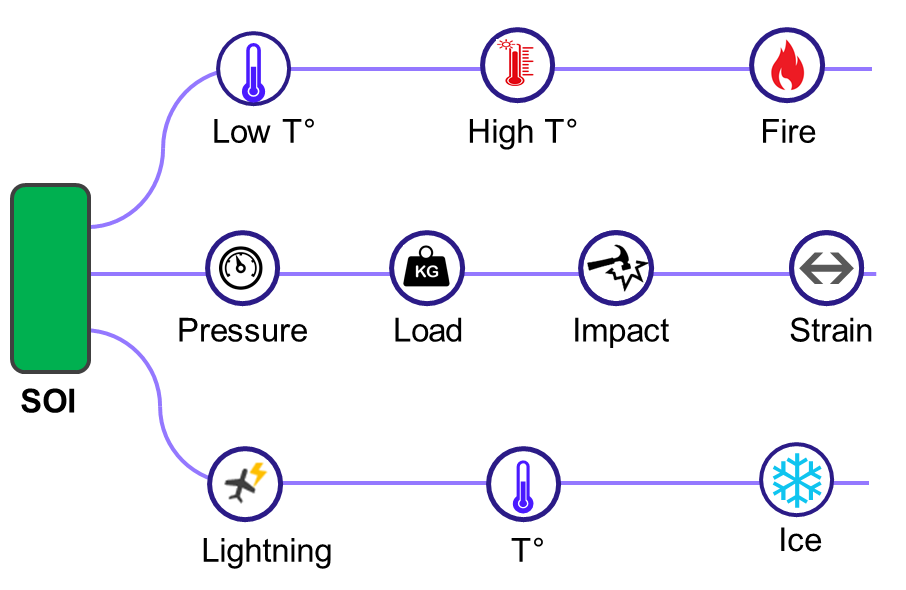

Unique Sensing Network
Existing avionics systems are divided into subsystems each, independently monitored by a specific sensor network. APISS project proposes to adopt a unique sensing network; FBG technology is the good candidate for standardization, which will enable larger adoption in the aircraft industry.

Standardization
To guarantee interoperability between sensors and interrogators, standardization is the means by which the durability and control of solutions is assured, as well as the economic optimization. The APISS project aims to establish a strategy for the first standardization repository.

Miniaturization and Performances
APISS project aims the future avionic platforms. In this context, APISS project objective is to evaluate technologies with the potential to improve the performance of such a system that would be applicable to future avionic platforms, while meeting the objectives of standardization as well. As innovative purpose, the mode multiplexing technology has been identified as a candidate of interest to increase the measurement capacity of the fiber-optic sensing system.
Tomorrow, a Universal Interrogator (shared optical interrogator, SOI) for different users and different applications will be a system built based on APISS standardization proposal.

Thesis and publications
Thesis
“Towards Multi-parameter Fiber Sensing through FBGs in Aerospace”
By James Hainsworth, our APISS IRT Saint-Exupery PHD located at Laboratoire Hubert Curien - Jean Monnet University.
Social media
"APISS project presentation at the COMET workshop on optical interconnects for space and aeronautics’ applications" - November 2022 on LinkedIn
"APISS project first workshop" - March 2023 on LinkedIn
APISS Project members
This project brings together 7 industrial and academic members.
